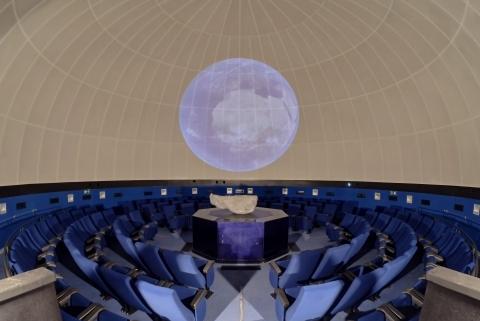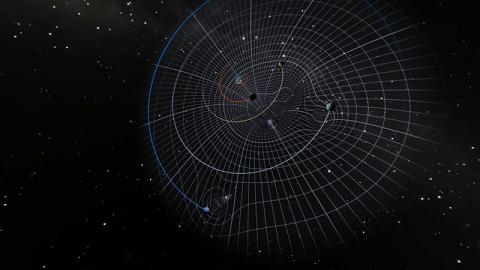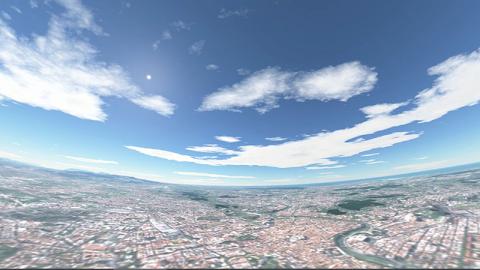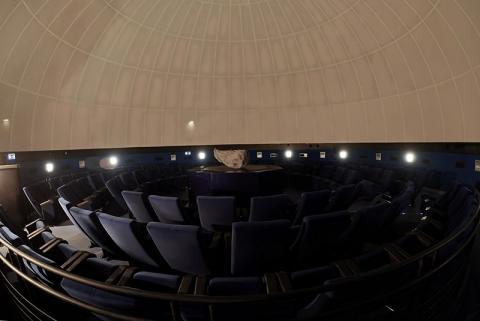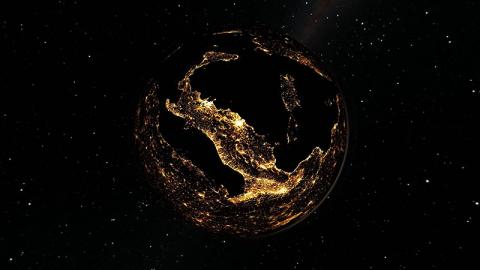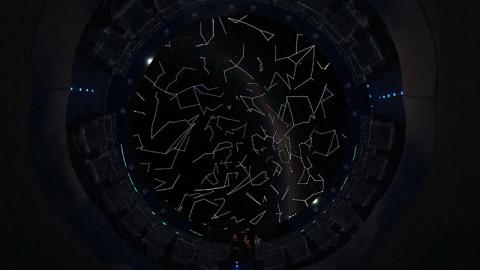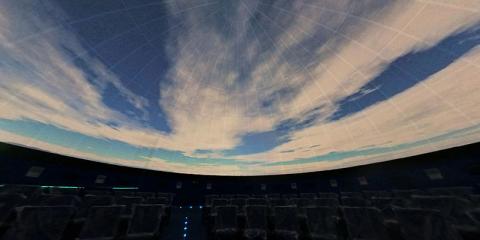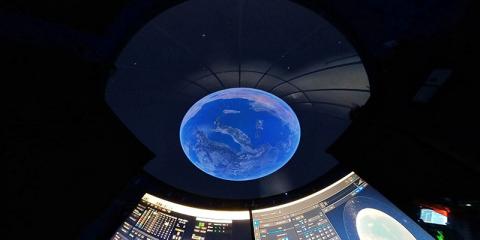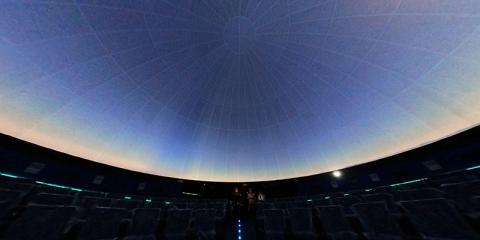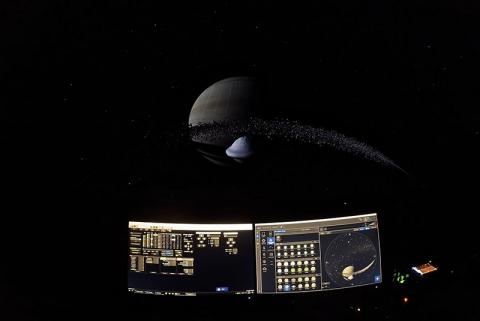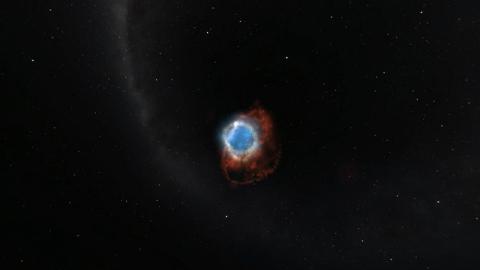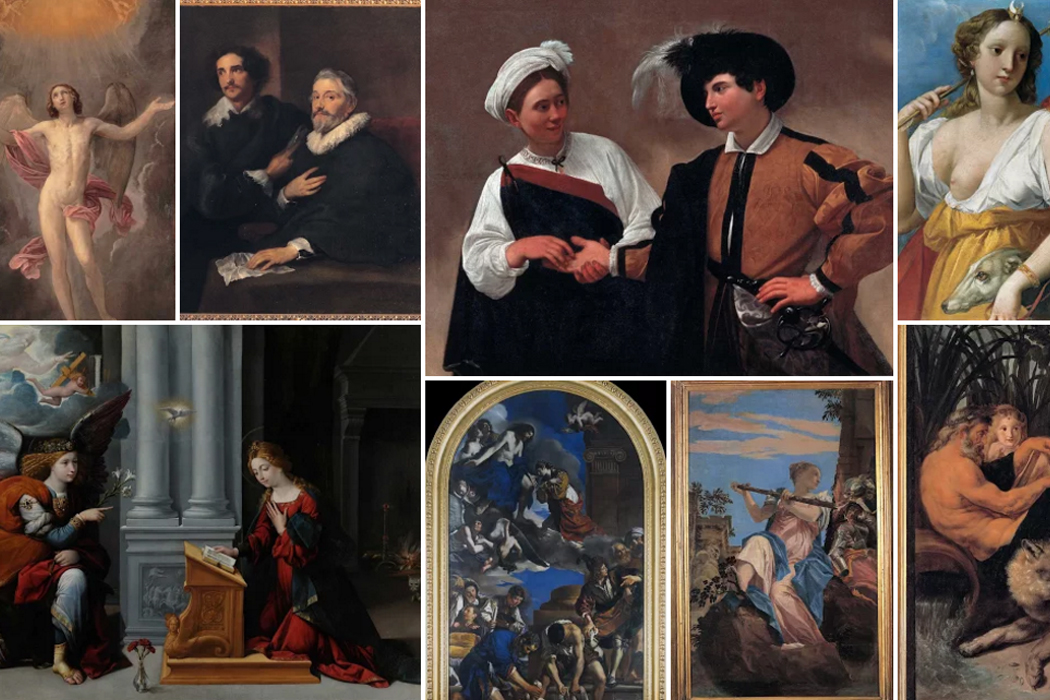Introducing the new Planetario di Roma
At the beginning of 2022 the Planetarium of Rome is open again, with new cutting-edge technology. Digital technology, a database updated in real time, immersive experiences and appointments for people of all ages.
Eight years after its closure in 2014 for renovation and safety works, the Planetario di Roma, located inside the Museo della Civiltà Romana, is finally open to the public again on 22 April 2022, after an extensive restoration
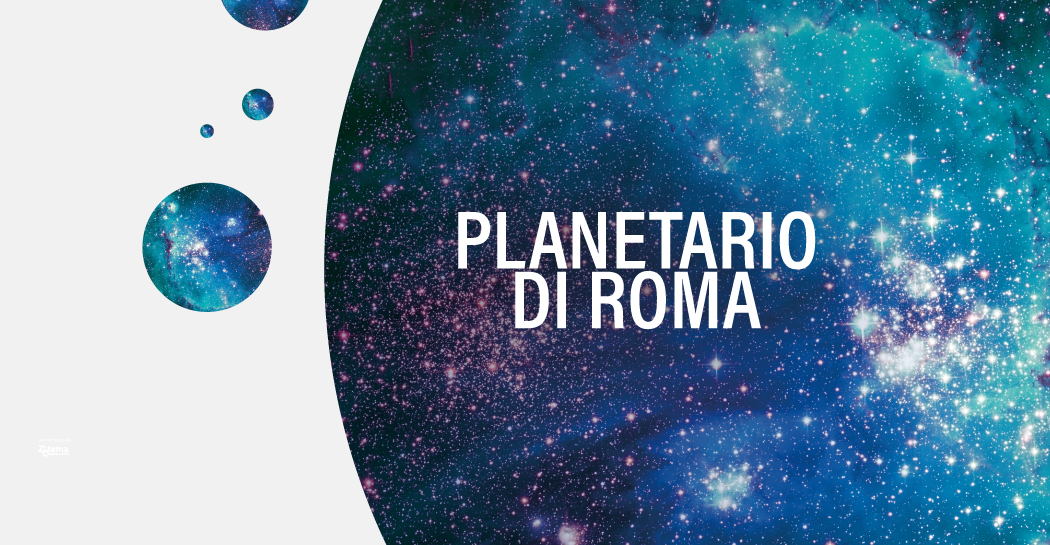
The exhibition offers the opportunity to give back at the city one of its excellences, to stimulate the interest of the public and of all those interested in discovering new ways of "looking" at the universe and, perhaps, to fascinate the very young, the astronomers of tomorrow.
The event is promoted by Roma Culture, the Sovrintendenza Capitolina ai Beni Culturali
Many surprises, including technology, comfort and events. The main focus of the work carried out on the building in recent years, some of which is still in progress, is the instrumentation. The old optical projector supported by a single digital channel projected onto windows has been replaced by state-of-the-art software. The new digital planetarium, with an articulated system of very high-contrast video projectors, with 4K resolution, is able to reconstruct with extreme realism the surface of the Earth, Moon and Mars, as well as going beyond, to the most distant places in the universe, among galaxies and nebulae.
The possibility of storing a large amount of data and updating it in real time, based on astronomical news, also makes it possible to follow the discoveries of the scientific community. The aim is for visitors to be intrigued, entertained and informed about the latest discoveries about the universe.
Information and knowledge are not the subject of lectures or conferences, but in the characteristic style of the Planetario di Roma Capitale they are the focus of real astronomical shows. Realism and immersiveness, also through a specially designed audio system, are the keys to the project, designed to offer the public the chance to interact with the "sky", becoming the protagonist of the scene, obviously always in full respect of the real dynamics.
Interaction is not only between the astronomers of the Planetario and visitors. The software also makes it possible to dialogue with an international community of planetariums, sharing the results of research and studies, as well as performances, narrative methods and creative solutions for the promotion of knowledge. The Planetario di Roma is distinguished by the unique combined language created over the years by its scientific staff. The new software does not change the approach and philosophy, but allows the promotion of state-of-the-art cultural and scientific programmes, in an immersive game of suggestions, contamination between different languages and experimentation. The reopening of the Planetarium also marks the resumption of activities and events, focused on the transversality of languages, ranging from astronomy to history, from geology to art.
Not only technology. The work also involved the atrium with its external propylaeums and stairways, as well as service and office areas. Not to mention the finishing of the building and the hall. The seats were replaced, while maintaining the circular arrangement to enhance the experience of the immersive "journey", avoiding the cinema effect. And the dome was cleaned. The entire complex of the Museo della Civiltà Romana, which houses the Planetario, has been subject to a series of major interventions. Thanks to funding from Roma Capitale, the museum's equipment, external paving and roofing have been restored, as well as work on the reopening of the Planetario.
The restoration of the room with the reconstructive model of Rome in the Constantinian period, designed by the architect Italo Gismondi, is the subject of a project for which Roma Capitale has allocated 1,100,000 euro. An important phase of the work is included in the PNRR with the allocation of 18 million euro for extraordinary maintenance, restoration and conservation of the museum and collection, with the aim of once again creating an organic exhibition and allowing an immersive experience of life in the Roman age, offering an archive of knowledge for the scientific community and for users, including non-specialists. Other objectives include ensuring the preservation of the building, renovating the elements that have shown signs of difficulty, improving energy efficiency, revising the exhibition itinerary with additional spaces and services available to the public, such as workshops and rest areas, and setting up a restoration and three-dimensional reproduction laboratory.
A complex plan of works designed to allow the Romans and others to return to fully enjoy the structure and contemplate its treasures.




























